If A Wolf Spots You First, 13 Quick Actions Could Keep You Safe Or Put You At Risk

Imagine hiking through a forest when you suddenly lock eyes with a wild wolf. Your heart races as adrenaline floods your system.
What you do in the next few moments could determine whether you walk away safely or face a dangerous situation.
Wolves typically avoid humans, but knowing the right moves can make all the difference if you find yourself face-to-face with one of these powerful predators.
1. Maintain Eye Contact, But Don’t Stare
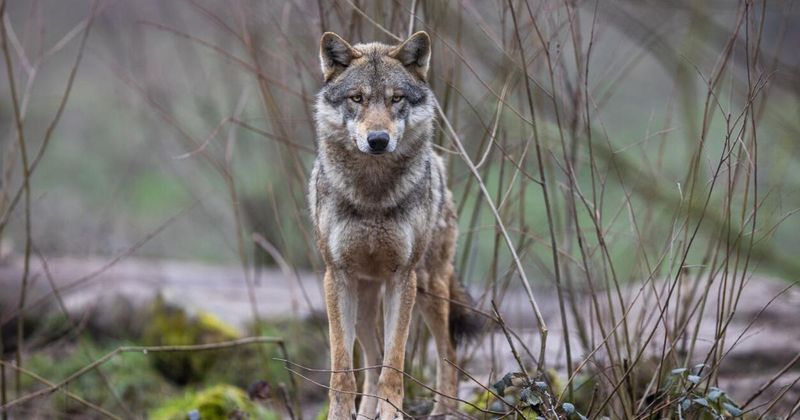
Wolves communicate through eye contact, and breaking this connection might trigger their predatory instinct to chase.
Maintain casual eye contact to show you’re aware of their presence without challenging them. Think of it like meeting a stranger in an elevator – you acknowledge them without staring awkwardly.
Prolonged, intense staring could be interpreted as a threat or challenge to the wolf’s dominance. Glance at the wolf periodically while being aware of your surroundings.
This balanced approach communicates respect while maintaining your status as neither prey nor threat.
2. Don’t Turn Your Back Too Quickly

Spinning around suddenly might trigger the wolf’s chase instinct. Predators are wired to pursue fleeing animals, and a quick turn signals you’re prey. Wolves have evolved to detect and respond to rapid movements.
Your best strategy is to face the wolf while slowly creating distance. When you must turn, do so gradually while continuing to monitor the animal from the corner of your eye.
Many wilderness experts recommend this slow-turn technique as it communicates confidence rather than fear. Remember, wolves typically attack only when they sense weakness or feel threatened.
3. Stand Tall, Don’t Crouch
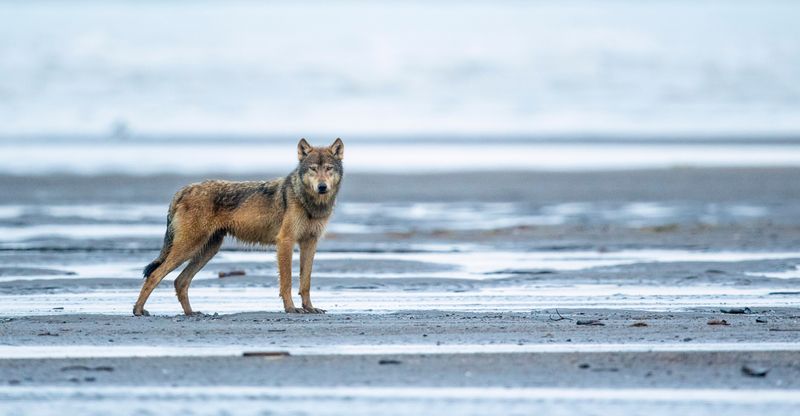
Your posture speaks volumes to a wolf. Standing tall makes you appear larger and more confident – qualities that discourage predatory behavior. Crouching down might signal submission or vulnerability, potentially encouraging the wolf to approach or attack.
Raise your arms slightly to increase your apparent size. This technique works because wolves are naturally cautious of larger creatures that might pose a threat to them.
Many wolf encounters end peacefully because humans maintained an assertive posture. The wolf’s survival instinct typically leads it to avoid unnecessary risks, including confrontations with creatures that appear strong and confident.
4. Don’t Make Sudden Movements
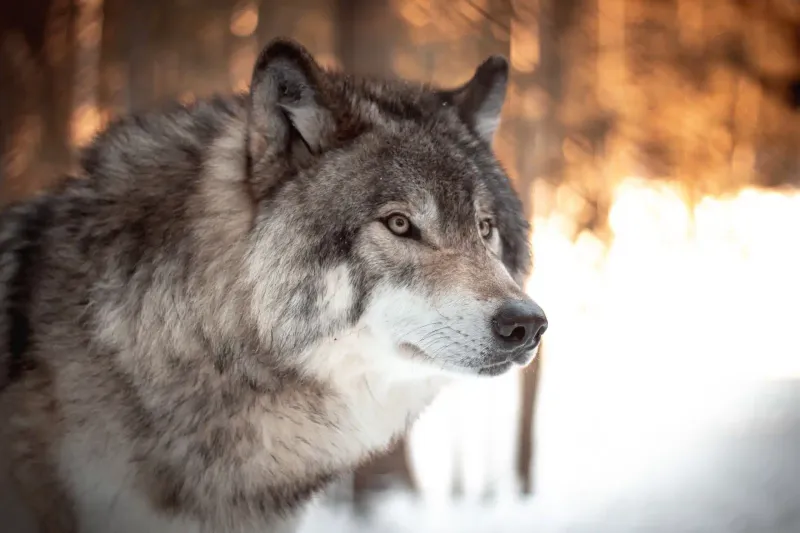
Quick jerks or jumps can trigger a wolf’s predatory response. These magnificent animals have evolved to detect and chase fast-moving prey, so sudden movements might flip their mental switch from curiosity to hunting mode.
Move with deliberate slowness if you need to reach for something or adjust your position. Imagine moving through water – smooth, controlled, and predictable. Wolves are reading your body language constantly.
Steady movements help communicate that you’re neither threatening nor frightened prey. This approach gives the wolf time to assess you as something outside its normal prey category.
5. Avoid Making Unnecessary Sounds From Plastic Or Metal
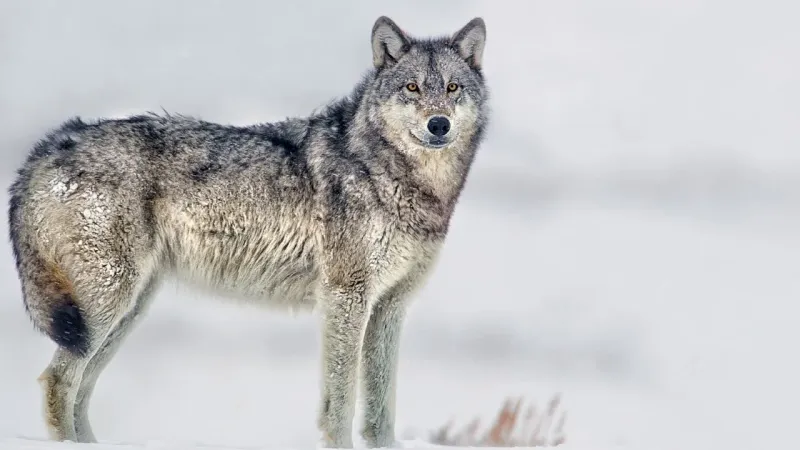
The crinkle of a granola bar wrapper or clinking of metal gear can spark a wolf’s curiosity. These unnatural sounds stand out in the wilderness and might draw unwanted attention from a wolf that’s already spotted you.
Wolves have incredibly sensitive hearing, capable of detecting sounds from miles away. Their ears can pinpoint the location of a mouse under snow, so imagine how they perceive your artificial noises.
If you must access food or equipment, move slowly and minimize noise. Many experienced hikers prepare accessible items before entering wolf territory to avoid this situation entirely.
6. Speak Calmly, Don’t Yell
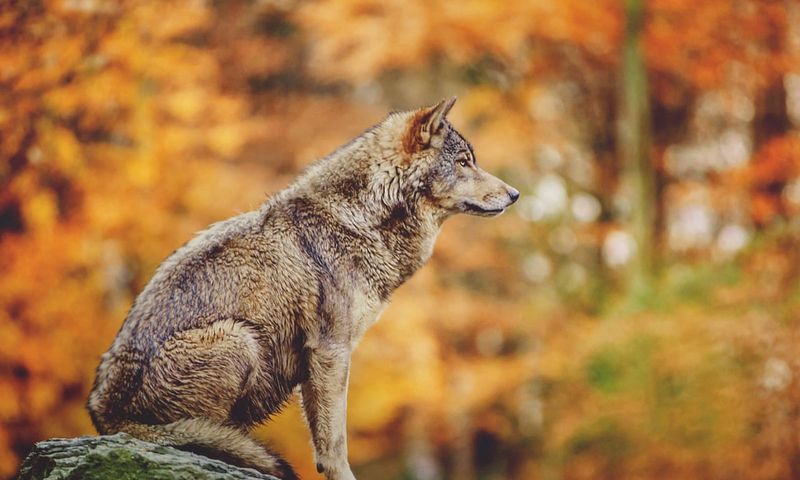
Your voice can be a powerful tool during a wolf encounter. Speaking in a calm, firm tone helps identify you as human – a creature wolves typically avoid.
The sound of a steady human voice often breaks the tension of the moment. Shouting or screaming might be misinterpreted as aggression or fear, potentially escalating the situation.
Wolves communicate through vocalizations themselves and are sensitive to tone. Try saying something like “Hey wolf, I see you there” in a conversational tone.
This acknowledges the wolf while asserting your presence in a non-threatening way, giving the animal time to recognize you’re not typical prey.
7. Take Off Your Headphones
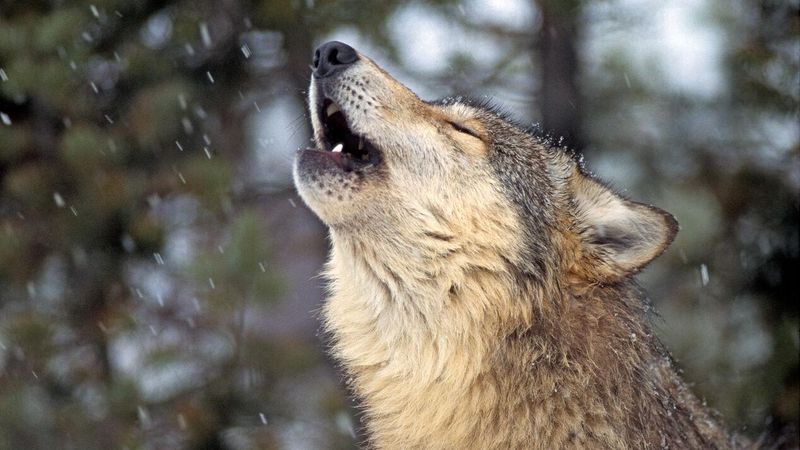
Those wireless earbuds might be pumping your favorite hiking playlist, but they’re also blocking crucial environmental sounds.
Wolves typically give warning signs before they’re close – rustling vegetation, soft footfalls, or occasional vocalizations.
Situational awareness is your first line of defense in wolf country. Many hikers have walked directly into wildlife encounters because they couldn’t hear the warning signs that would have allowed them to take a different route.
The ability to hear in all directions gives you precious extra seconds to prepare if a wolf approaches. Keep those tunes for celebrating after you’ve safely completed your wilderness adventure.
8. When Backing Away, Move Sideways
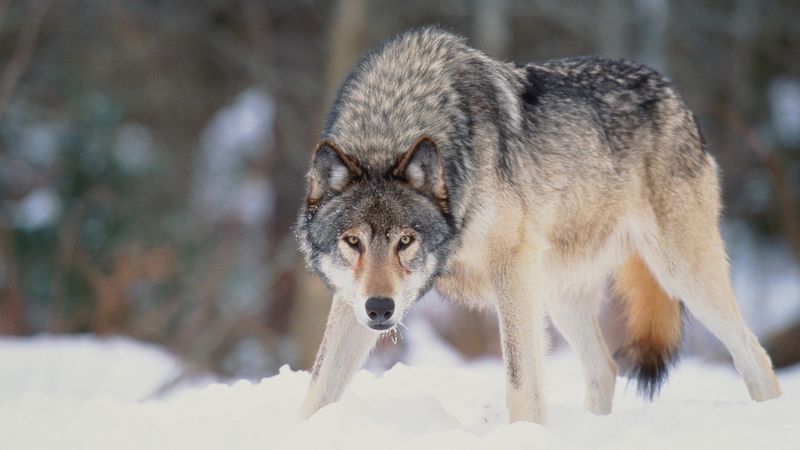
Sidling away rather than backing straight up serves two important purposes.
First, it prevents you from tripping over obstacles you can’t see behind you. A fall could trigger a predatory response or leave you in a vulnerable position.
Moving sideways also allows you to keep your eyes on the wolf while creating distance. This technique communicates that you’re neither confrontational nor fleeing prey. Wildlife experts recommend this crab-walking approach as it maintains your dignity in the wolf’s eyes.
Remember to move slowly and deliberately, scanning the ground periodically to ensure safe footing while keeping the wolf in your field of vision.
9. Don’t Flash Your Pearly Whites

Smiling might seem friendly to humans, but to a wolf, bared teeth signal aggression or fear. This misunderstanding stems from different species’ communication systems – what means “hello” in human body language can translate to “I’m ready to fight” in wolf.
Keep your facial expressions neutral when facing a wolf. Your goal is to appear neither threatening nor vulnerable.
Wolves are masters at reading subtle body language cues. They can detect tension in your face and posture that you might not even realize you’re displaying.
Maintaining a calm, neutral expression helps prevent the wolf from misinterpreting your intentions during this critical encounter.
10. Keep Your Dog Close, Don’t Let Them Approach
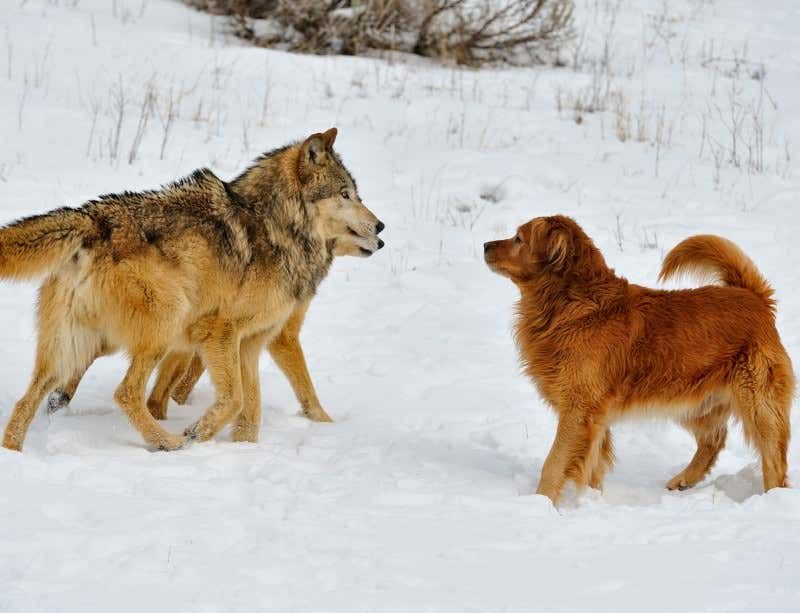
Your four-legged hiking buddy could complicate a wolf encounter dramatically. Wolves may view domestic dogs as either territorial rivals or potential mates, neither scenario ending well for your pet.
Leash your dog immediately if you spot a wolf. If possible, position yourself between your dog and the wild canine. This protective stance communicates boundaries to the wolf while safeguarding your companion.
Dogs have provoked otherwise avoidable wolf confrontations by chasing or barking at them. Many wilderness areas require leashes specifically because of wildlife interactions.
Remember that your dog’s safety depends entirely on your judgment in these situations.
11. Stay Confident, But Don’t Be Aggressive
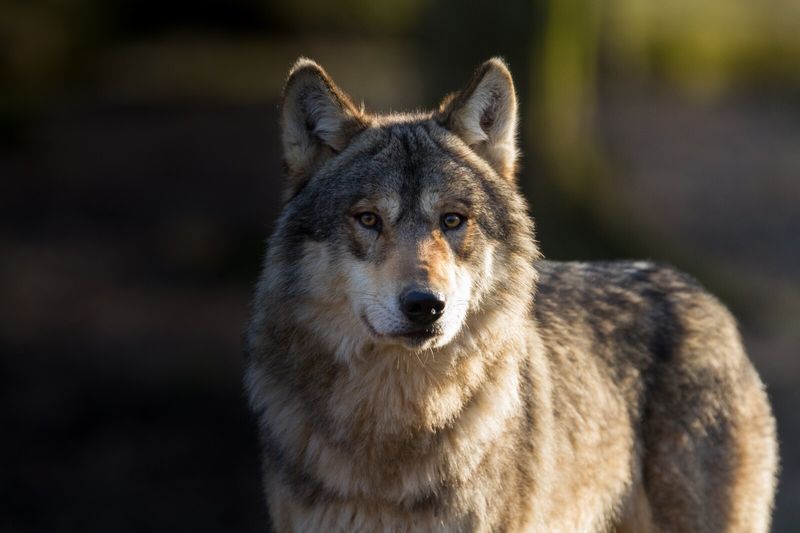
Wolves can sense fear and uncertainty, which might trigger their predatory instincts. Projecting quiet confidence through your posture and movements sends the message that you’re neither easy prey nor a threat requiring confrontation.
Avoid aggressive gestures like lunging toward the wolf or throwing objects. These actions could be interpreted as challenges, potentially provoking a defensive response from an otherwise non-threatening animal.
Finding this balance isn’t always easy when adrenaline is pumping through your system. Focus on controlling your breathing – slow, deep breaths help maintain a composed exterior even if you’re feeling frightened inside.
12. Don’t Run
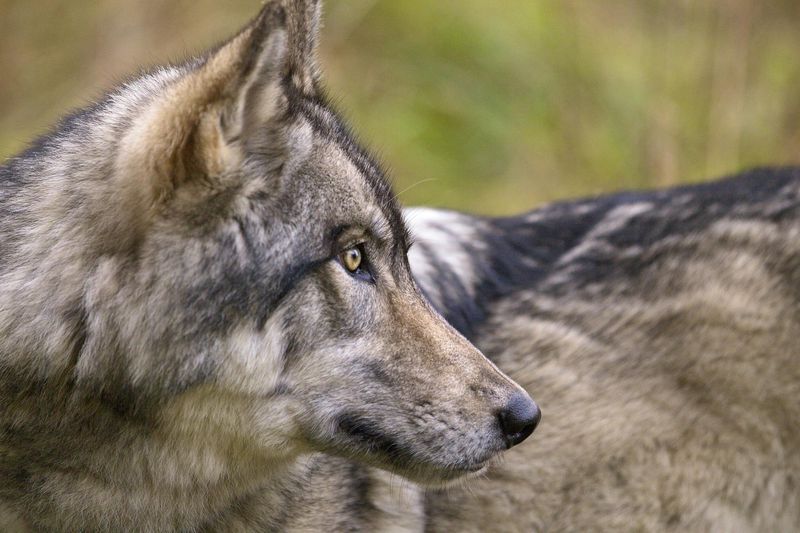
Running triggers a wolf’s chase instinct faster than almost any other action. Wolves are pursuit predators with impressive speed and endurance – a human on foot simply cannot outrun them.
Even if the wolf seemed uninterested, sudden flight might transform the situation from neutral to dangerous. The animal’s instinctive response to running prey is deeply ingrained through evolution. This advice applies to encounters with most predators, not just wolves.
Maintaining a steady pace while creating distance is your safest option. If you absolutely must move quickly, walk rapidly without breaking into a run, which might prevent triggering the chase response.
13. Stay Calm, Don’t Panic
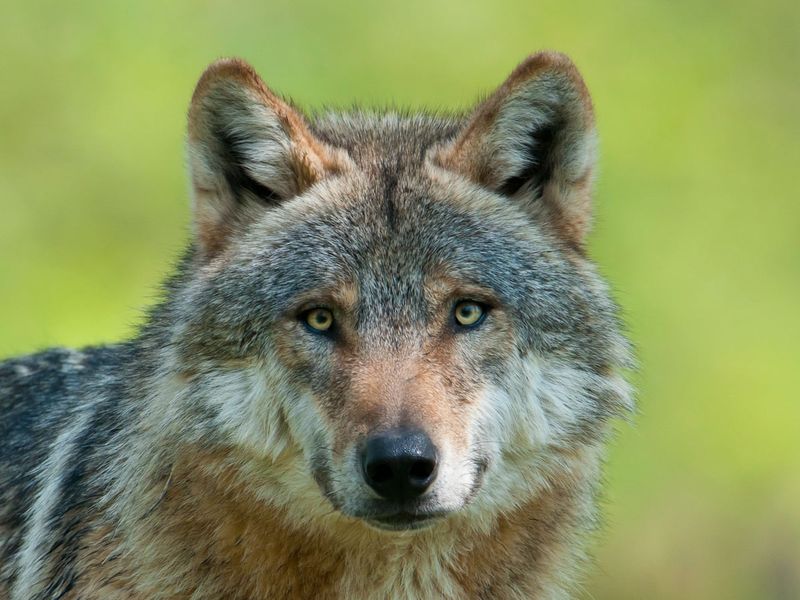
Your internal state influences external behaviors that wolves can detect. Controlling your fear helps prevent panicked actions that might escalate the situation. Take deep breaths and remind yourself that wolf attacks on humans are extremely rare.
Panic leads to poor decisions – running, screaming, or making erratic movements. These reactions can transform a curious wolf into a potential threat. Focus on the facts: most wolves avoid humans whenever possible.
The animal is likely more afraid of you than you are of it. Maintaining this perspective helps you respond appropriately, increasing the likelihood that both you and the wolf will walk away from the encounter safely.






